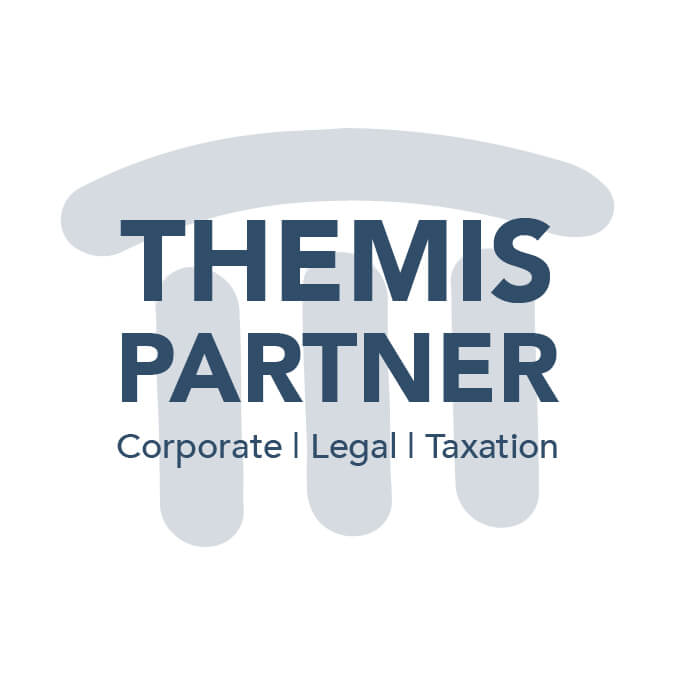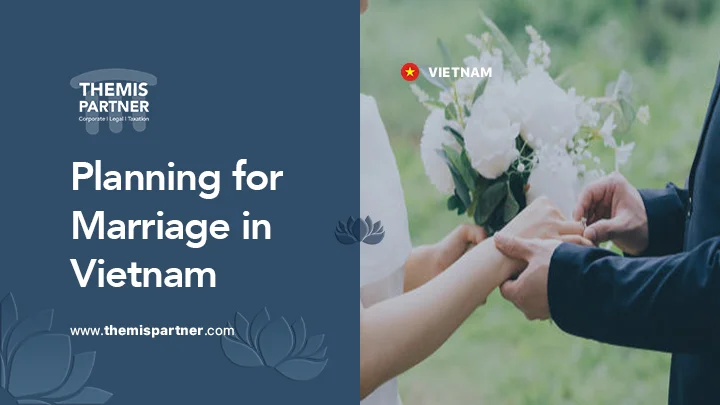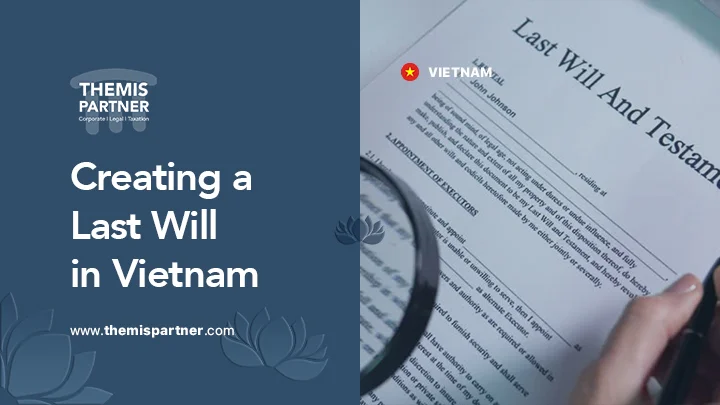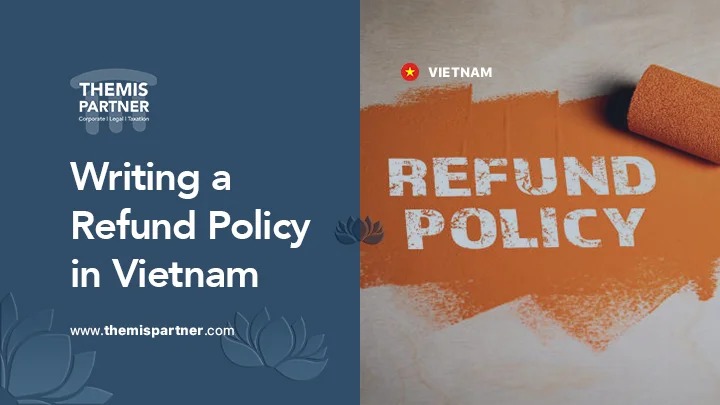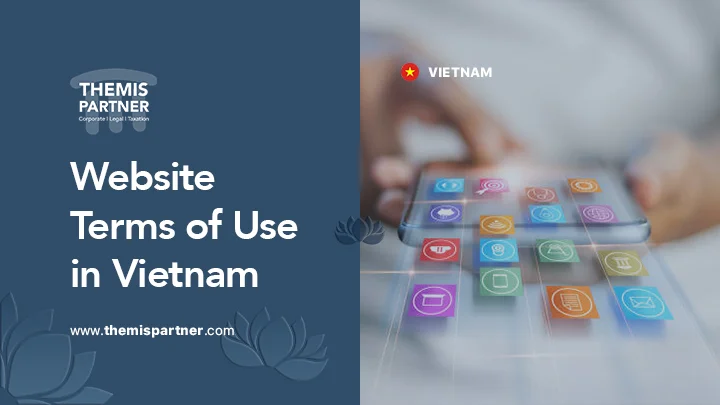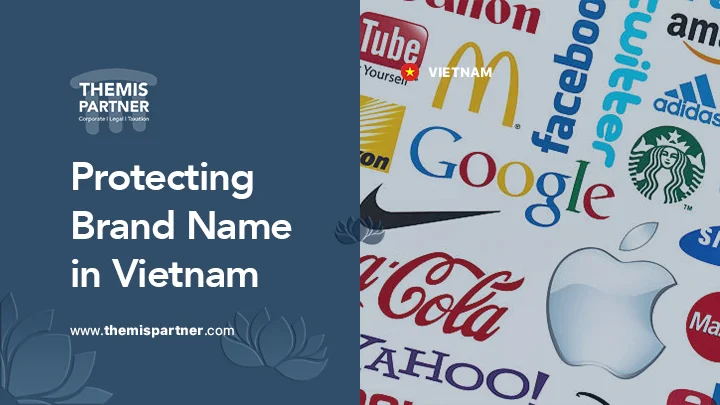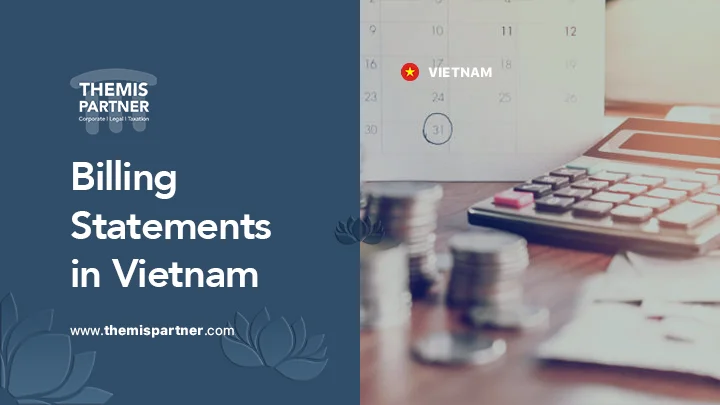Understanding Creative Rights
When it comes to securing your creative works, understanding creative rights is crucial. These rights provide legal protections that allow creators to control how their artistic, literary, and intellectual works are used, distributed, and adapted. Essentially, creative rights encompass a range of legal entitlements that ensure your work cannot be used or reproduced without your permission. This includes the right to attribute your work to yourself, the right to prevent others from making unauthorized adaptations, and the right to benefit financially from its use. Understanding and securing these rights ensures that you retain control over how your work is exploited and can help prevent unauthorized uses that could undermine the value of your creation.
The Importance of Copyright Registration
Copyright registration is a vital step in protecting your creative rights. By registering your work with the relevant copyright office, you formally establish ownership and gain legal protection against unauthorized use. In Vietnam, copyright registration is managed by the National Office of Intellectual Property (NOIP). Registering your work with NOIP not only documents your ownership but also provides a public record of your claim, which can be invaluable if disputes arise. The registration process involves submitting an application form, paying a fee, and providing a copy of your work. For more details on how to register your work, including necessary forms and fees, visit the NOIP website. This official registration serves as a strong legal foundation for defending your creative rights in case of infringement.
Ask your question and receive legal advice from a qualified lawyer
310 client reviews (4.8/5) ⭐⭐⭐⭐⭐
How to Register Your Creative Works
1. Prepare Your Work: Before you start the registration process, make sure your work is complete and in its final form. This means ensuring that all aspects of your work are polished and that no further changes are anticipated. Having a finalized version will prevent complications during registration and ensure that your copyright claim accurately reflects the work you wish to protect.
2. Submit an Application: Access the copyright registration application form from the NOIP website. The form requires detailed information about you and your work, including your name, the title of the work, and a description of its content. Complete the form carefully to avoid delays or rejections.
3. Pay the Fee: There is a registration fee associated with the copyright process. The fee amount may vary depending on the type of work and the length of protection required. Check the NOIP website for the latest fee structure and payment methods to ensure you cover this requirement.
4. Receive a Certificate: Once your application is processed and approved, you will receive a copyright certificate. This certificate officially recognizes your creative rights and provides legal evidence of your ownership. Keep this document safe, as it may be needed for future legal proceedings or disputes.
Types of Creative Rights You Should Secure
1. Moral Rights
These rights are designed to protect the personal and reputational connection between you and your work. Moral rights include the right to attribution, meaning you have the right to be recognized as the author of your work, and the right to integrity, which protects against alterations that could harm your reputation. Securing these rights ensures that your work is presented in a manner that respects your personal vision and integrity.
2. Economic Rights
Economic rights give you control over the financial benefits derived from your work. This includes the right to reproduce, distribute, and publicly perform your work. By securing your economic rights, you can negotiate and receive compensation for the use of your work, whether through sales, licensing deals, or other financial arrangements.
3. Distribution Rights
Distribution rights allow you to control how your work is distributed and sold. This includes deciding who can publish, sell, or otherwise disseminate your work. Protecting these rights ensures that you have a say in how your work reaches the public and can help you manage its commercial exploitation effectively.
Protecting Your Creative Works Internationally
If your work has the potential to reach an international audience, securing your creative rights globally is essential. The Berne Convention for the Protection of Literary and Artistic Works provides a framework for international copyright protection. This treaty ensures that your creative rights are recognized and enforced in all member countries, which helps protect your work from unauthorized use abroad. To learn more about international copyright protection and how it applies to your work, visit the WIPO website. This resource offers guidance on protecting your rights across different jurisdictions and can assist in understanding how international treaties support your creative rights. Ensure proper registration with our Trademark Registration guide.
Using Contracts to Secure Creative Rights
Contracts are a powerful tool for securing your creative rights when working with others. A well-drafted contract should clearly define the scope of the agreement, including the following elements:
| ➤ Clear Definitions: Specify what constitutes the creative work being discussed, including details on its format, content, and any accompanying materials. |
| ➤ Rights Granted: Outline the specific rights being transferred or licensed, including limitations on usage, adaptations, and reproductions. |
| ➤ Compensation: Detail how and when you will be compensated for the use of your work, including payment schedules, royalties, or flat fees. |
